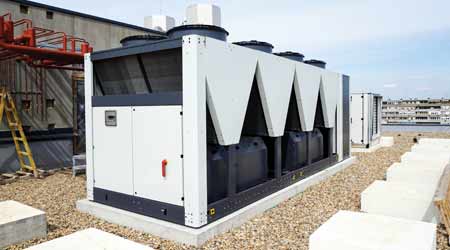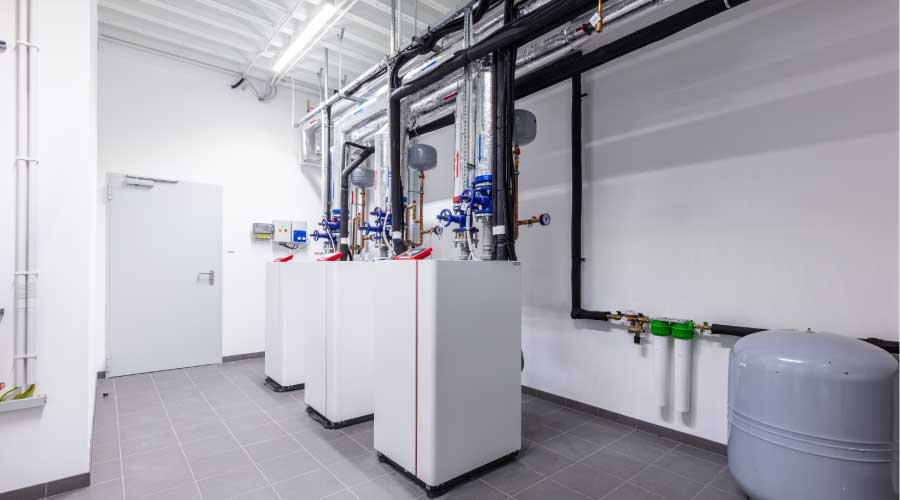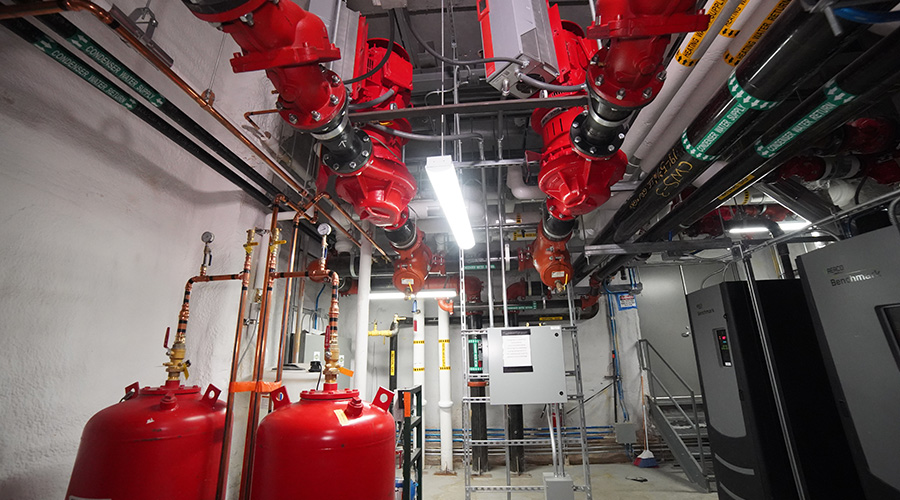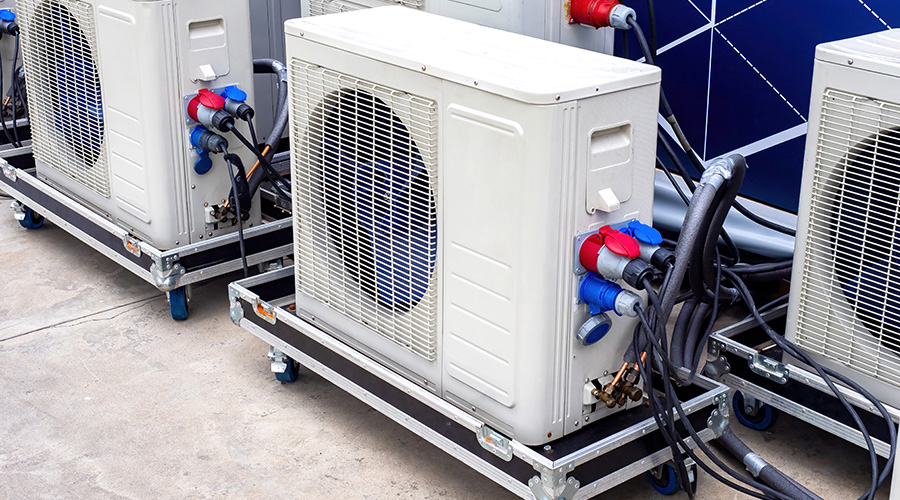 Proper water treatment is crucial to keeping cooling systems employing recirculating water operating effectively.
Proper water treatment is crucial to keeping cooling systems employing recirculating water operating effectively.7 Steps To Effective Water Treatment
Here's how to address major water treatment problems.
Water treatment is the science of addressing the issues discussed in Part 1 and Part 2 of this story. It is essential to control the impact of corrosion, deposition, and microbial proliferation on asset value, as well as to conserve water and energy, and more recently to prevent human disease due to water borne pathogens. Water treatment involves:
1. Controlling the concentration of dissolved and suspended materials by blowing down, or removing a portion of the recirculating water, and adding fresh water to maintain the concentration of dissolved and suspended substances at a prescribed level.
2. Adding chemical treatment compounds at specified dosages to provide a more corrosion-resistant chemical barrier on the metal surface.
3. Adding microbicides at a specified dosage and frequency to limit the proliferation of noxious organisms, and by minimizing bio-film and bio-mass formation on system surfaces.
4. Adding chemical treatment compounds and/or adjusting blowdown rates to optimize the pH of the recirculating water to the optimum range.
5. Adding chemical treatment compounds to modify the particle size or density of suspended solids to an optimum level for the particular system.
6. Adding chemical treatment compounds that affect the surface tension of the water, in order to control foaming, as well as improve the penetration of microbicides into slime masses and bio-mass.
7. Adding specific microbiocides at dosages and frequencies known to control Legionella and providing for inspections to identify dead legs and dirty system components, as well as conducting periodic disinfections, and confirming control with specific testing.
Related Topics:

















